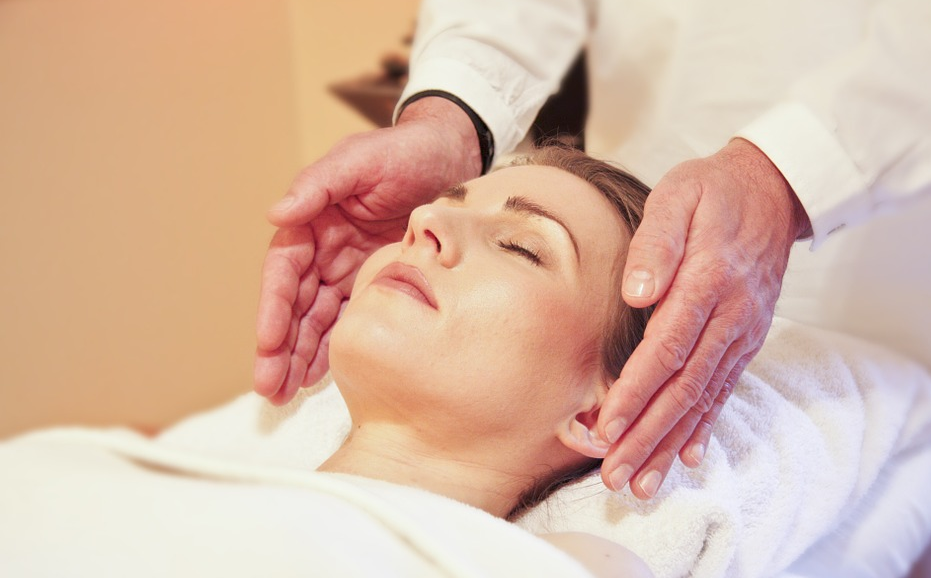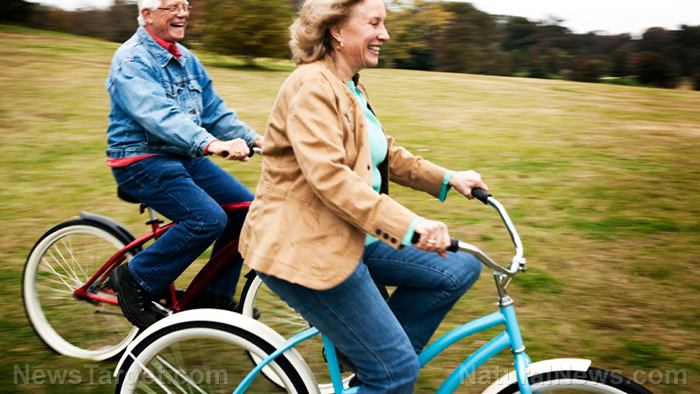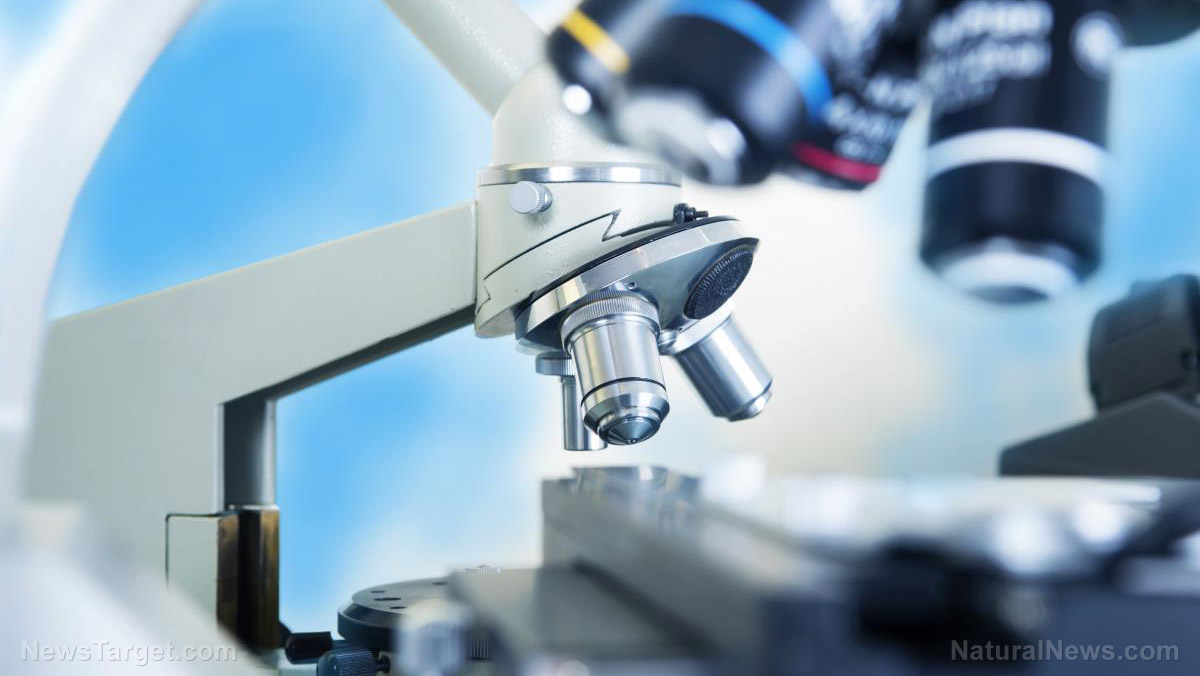The potential use of Reiki in the management of chronic health conditions
11/07/2018 / By Michelle Simmons

Reiki is a Japanese form of therapy used for relaxation and to manage health conditions. The practice, according to a review in the Journal of Evidence-Based Integrative Medicine, may also be used as a complementary therapy for the mind and body.
Dr. David McManus, a researcher from the Australasian Usui Reiki Association, wrote the review. The paper sought to determine whether there is enough evidence that Reiki provides more than a placebo effect.
The current study involved a total of 13 peer-reviewed studies published between 1998 and 2016. The studies involved were either randomized single-blind studies, randomized double-blind studies with human participants, or studies that used mice models. The studies looked at both short-term and long-term application of Reiki.
The review found strong evidence for Reiki being more effective than placebo. Based on the findings, Reiki can improve heart rate and blood pressure, as well as increase heart rate variability by activating the parasympathetic nervous system.
For patients with chronic health problems, Reiki helped reduce pain, anxiety, and depression, while enhancing self-esteem and quality of life. The review also suggests that Reiki is a safe, gentle, and relaxing complementary healing therapy.
The findings suggest that Reiki is a safe and gentle complementary therapy that activates the parasympathetic nervous system to heal the body and mind. In addition, it has the potential for broader use to manage chronic health conditions and even postoperative recovery.
More on Reiki and how it works
Reiki — also referred to as energy healing, palm healing, or hands-on healing — emerged in Japan during the late 1800’s. The practice involves the transfer of universal energy from the practitioner’s palms to their patient. The word Reiki means “mysterious atmosphere or miraculous sign.” It comes from the Japanese words “rei,” which means universal, and “ki,” which means life energy.
Energy can become stagnant in the body after an injury or during emotional pain. If left unchecked, this can lead to illness. The goal of Reiki and other energy medicine is to help stimulate the flow of energy and get rid of energy blocks. The principle is similar to that of acupuncture and acupressure. According to Reiki practitioners, an improved energy flow means the body is more relaxed. This can improve healing and reduce pain and other symptoms of illness. (Related: Reiki and fertility: Getting the body in balance to increase fertility and pregnancy odds.)
This healing technique is applied through noninvasive, nonmanipulative gentle touch. In a Reiki session, a practitioner holds their hands lightly on or over the body, working over the front and back in a slow movement of hand positions. This is when the transfer of energy occurs. At this time, the practitioner’s hands may be warm and tingling. The practitioner holds each hand position until he or she senses that the energy has stopped flowing. During this time, the heat, or energy, in their hands has subsided, and they will remove their hands and may place them over a different part of the body. A Reiki session can last between 15 and 90 minutes.
Reiki is believed to offer many benefits. It can induce deep relaxation and relieve emotional stress. At times, it can even help people cope with difficulties, improving their well-being. It can also help treat the following conditions:
- Anxiety
- Autism
- Cancer
- Chronic pain
- Crohn’s disease
- Depression
- Fatigue syndromes
- Heart disease
- Infertility
- Neurodegenerative disorders
Read more news stories and studies on the healing of the mind and body by going to MindBodyScience.news.
Sources include:
Submit a correction >>
Tagged Under:
alternative treatments, body, complementary therapy, energy medicine, healing technique, Mind, mind and body healing, overall wellbeing, Reiki, therapies
This article may contain statements that reflect the opinion of the author
RECENT NEWS & ARTICLES
COPYRIGHT © 2017 LONGEVITY NEWS





















